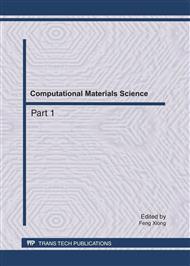p.1433
p.1438
p.1447
p.1451
p.1457
p.1462
p.1466
p.1470
p.1473
The Design and Implementation of G-RBAC Model in Map Permission
Abstract:
With the development of WebGIS, it plays a more and more important role in government and enterprises. The effective way to access and control spatial data, because of relating to the security and business secrets of government and enterprises, becomes an urgent concern for them. Now, RBAC (Role Based Access Control) can be a valid method to access and control uniform resource, but it is lack of flexibility and real-time ability to control spatial data in WebGIS. For that, this paper proposes G-RBAC model based on RBAC model to enhance the flexibility and real-time ability to access spatial data.
Info:
Periodical:
Pages:
1457-1461
Citation:
Online since:
July 2011
Authors:
Keywords:
Price:
Сopyright:
© 2011 Trans Tech Publications Ltd. All Rights Reserved
Share:
Citation:


